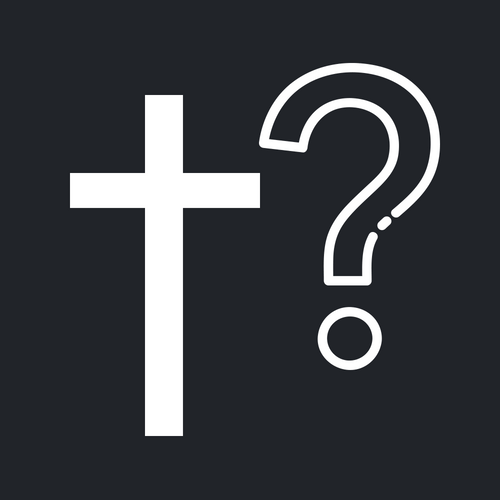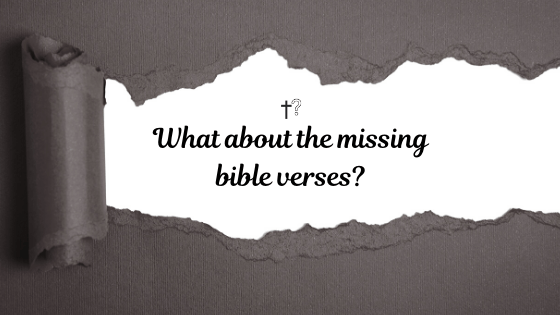What about the apocryphal books?
The Roman Catholic Bible consists of 7 additional books, which are mainly referred to as the Apocrypha (meaning “hidden” or doubtful”).
The Apocrypha contains books of doubtful authenticity and authority, which were written between the Old and New Testament (including Tobit, Ecclesiasticus, and 1 and 2 Maccabees).
The Roman Catholics decided to add these books to the Bible at the Council of Trent (AD 1545–1563), mainly in response to the protestant reformation period.
Protestants believe these books are not canonical for several reasons.
- No New Testament writer quoted from any of these books as Scripture or considered them to be inspired, though they often quoted from Old Testament books.
- Jesus and the disciples virtually ignored these books. They wouldn’t have if they considered them to be God-inspired Scripture.
- The Jewish Council of Jamnia, which met in AD 90, rejected the Apocrypha as Scripture. In addition, most of the church fathers of the first four centuries of the Christian church did not accept these books as inspired.
- The Apocryphal books were written between 250 BC and the first century AD. However, according to Judaism, by about 400 BC, the Spirit of prophecy had departed from Israel.
- The Apocrypha contains clear historical errors, such as the assumption that Sennacherib was the son of Shalmaneser instead of Sargon II (see Tobit 1:15).”
- Unlike many of the biblical books, no Apocryphal book claims divine inspiration.
- Unlike the Old and New Testaments, the Apocrypha contains no predictive prophecy.
- Augustine acknowledged the Apocrypha at first but then rejected it from the canon and considered it inferior to the Hebrew Scriptures.”
- Jerome, the great Roman Catholic scholar who lived around AD 420 who translated the Latin Vulgate Bible, emphatically rejected the apocryphal books.
- They were not written by the apostles whose names they bear since the apostles died in the first century
- They contain many heresies and doctrinal errors.
- They claim to contain childhood miracles of Jesus, but John said Jesus did not perform any miracles until he was an adult (Jn 2:11).
- They contain highly embellished accounts of the gospel stories, an indication they were later fabrications.
- The acceptance of these books in AD 1546 by the Roman Catholic church is unjustified since; (a) they were the wrong group of to make this decision (Christians, not Jews); (b) it took place at the wrong time (16th Century AD), and (c) it was done for the wrong reasons (for example to support the doctrine of prayers for the dead (see Mac 12:45) in response to the Reformation and Biblical teachings such as purgatory, praying to saints, etc.
the Bible we have is complete to make us wise enough onto salvation.
SEE SIMILAR QUESTIONS






